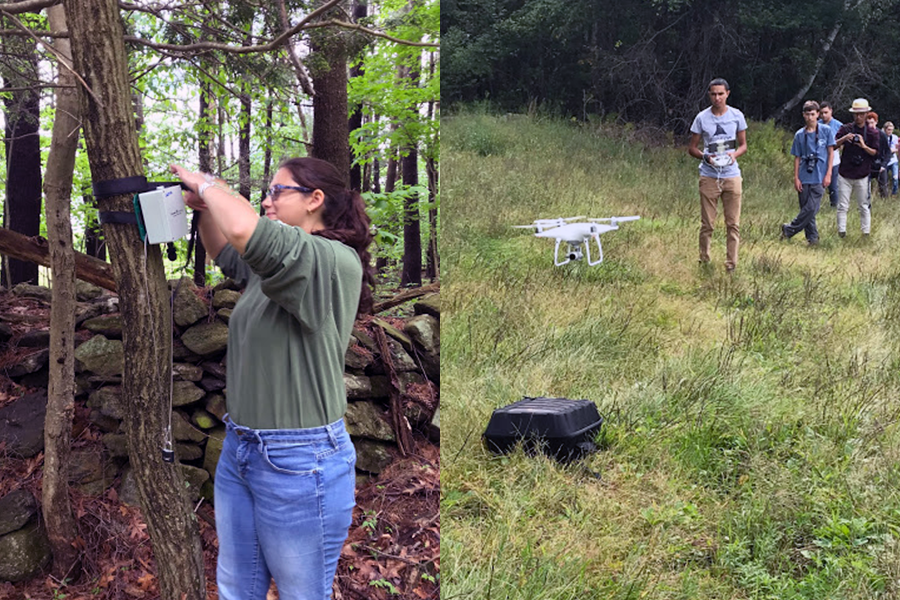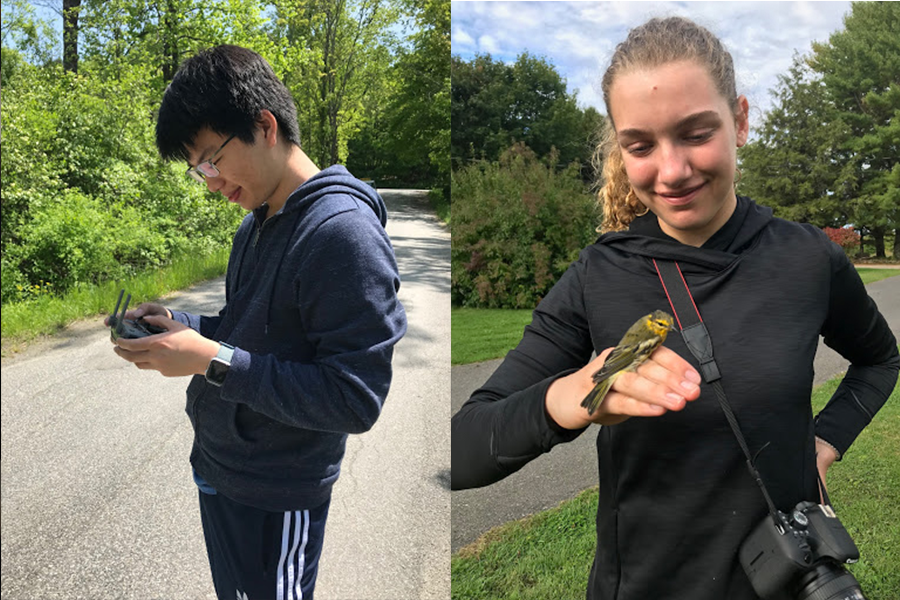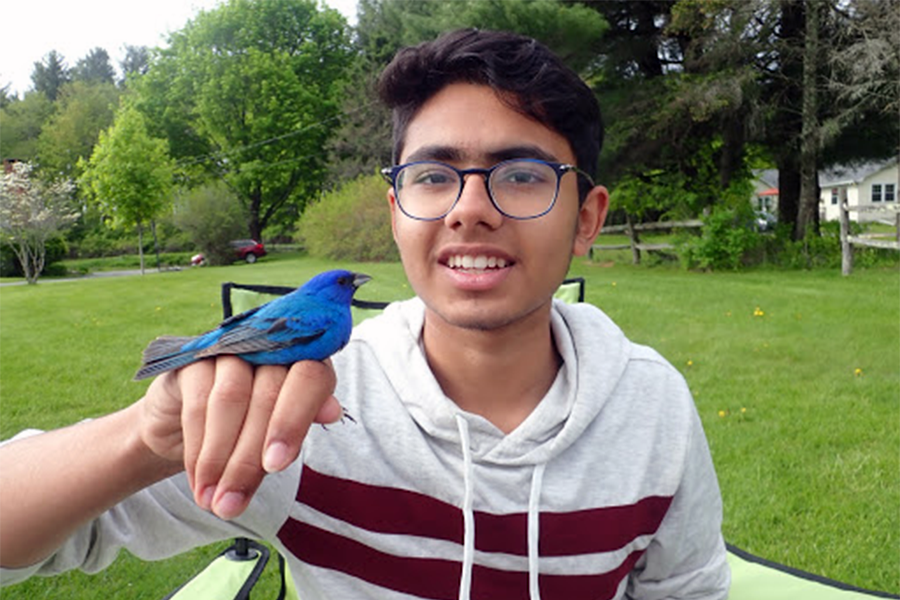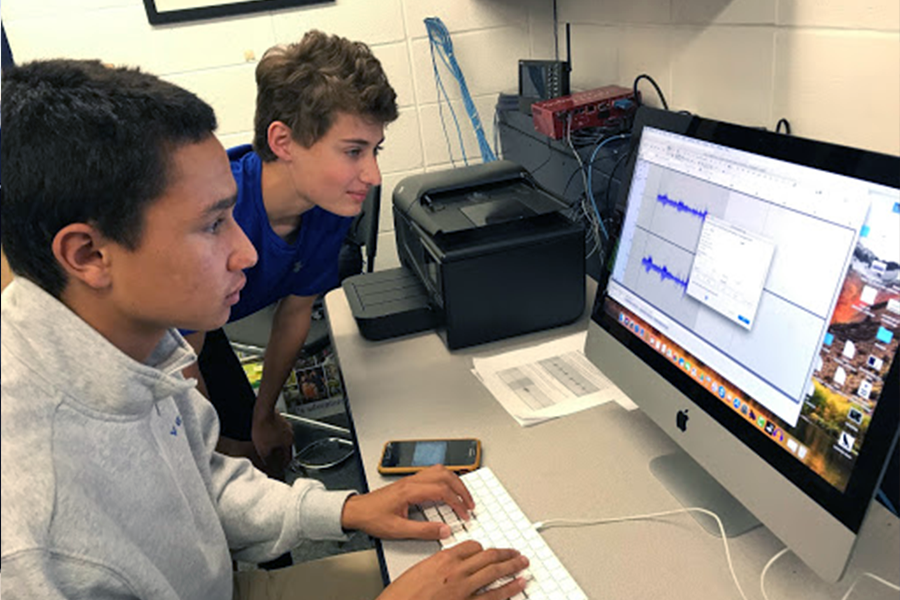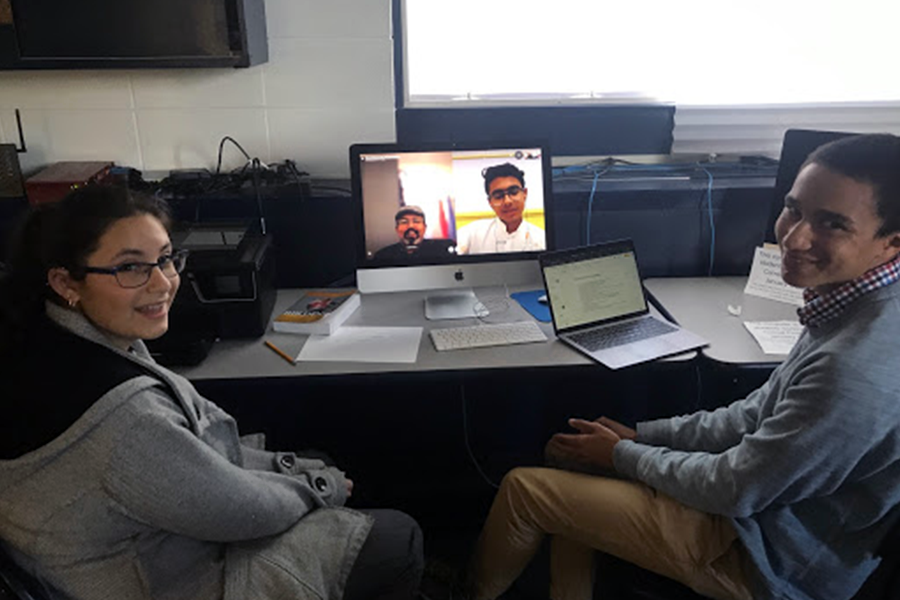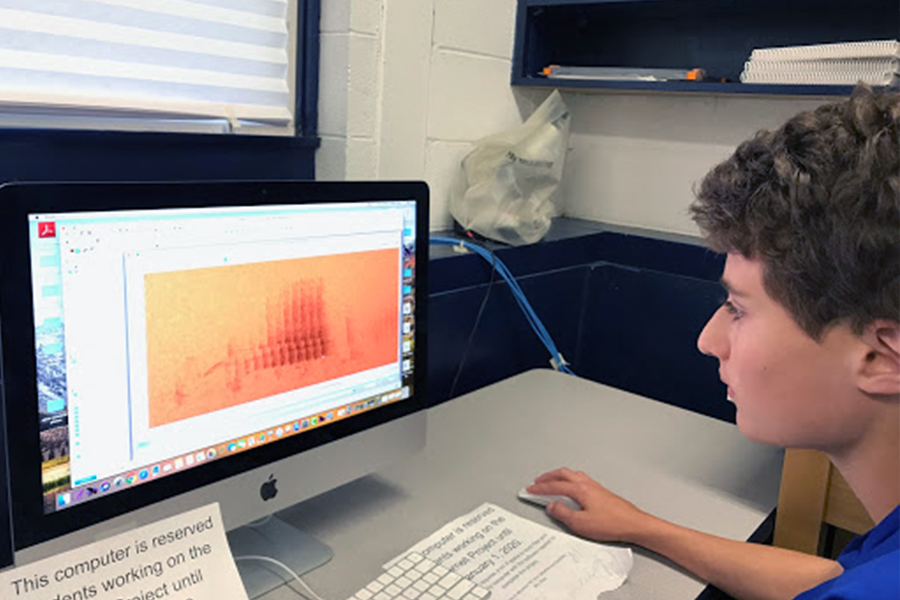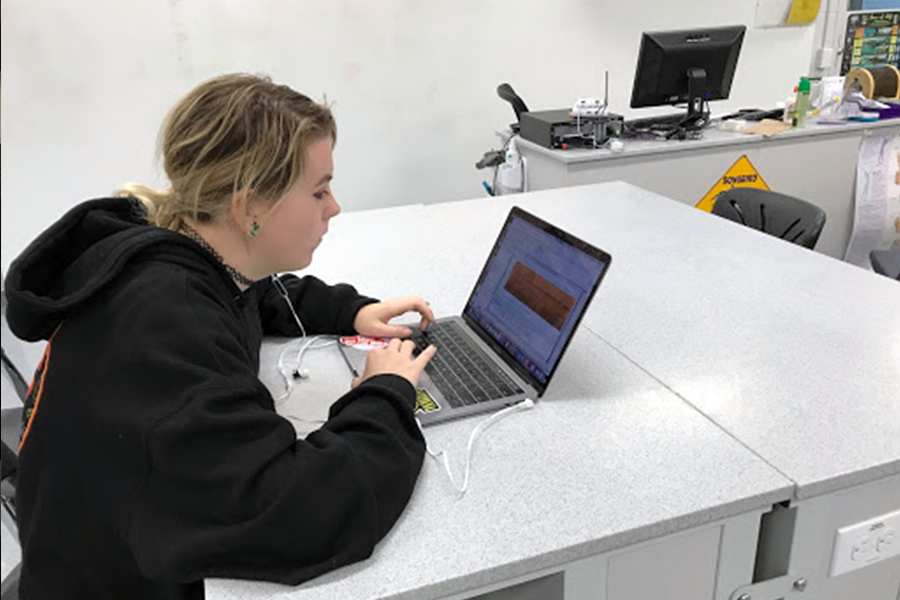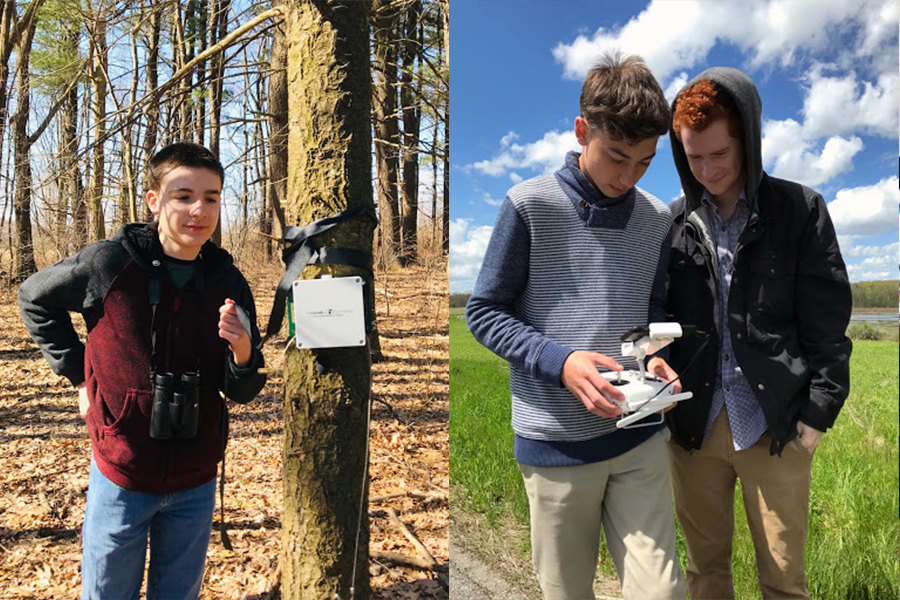Raven Exhibit Aiding STEM Education
Using the STEM Model to Customize a Raven Exhibit for The Macedonia Forest Block Important Bird Area.
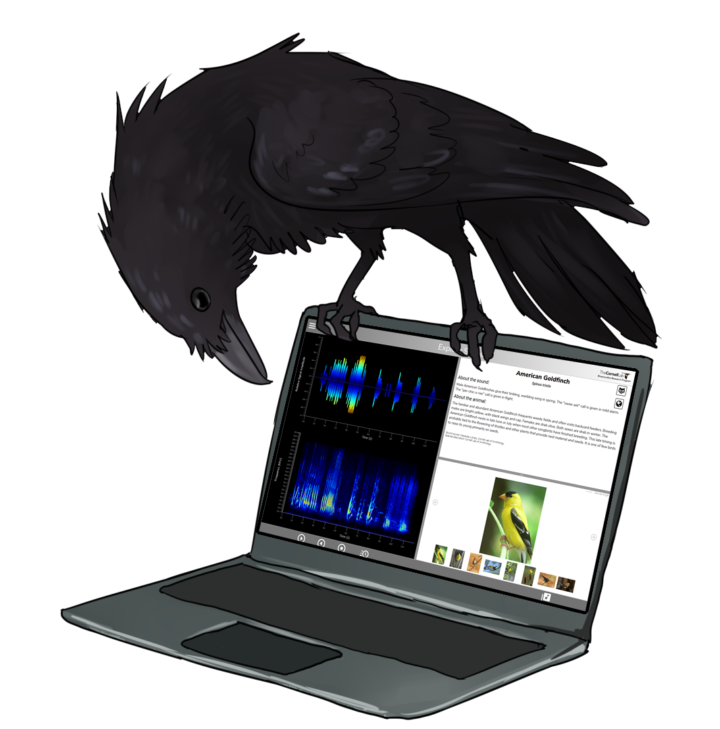
This blog is a guest post from Olivia Pignataro, a high school junior (Class of ’21) at Marvelwood School in Kent, Connecticut. This is the first post in a multi-part blog from Olivia and her instructor Laurie Doss, Science Department Chairperson at Marvelwood School. The blog explains how student groups and other organizations can create customized Raven Exhibit demonstrations for their own communities. This project takes place at the Macedonia Forest Block Important Bird Area in the northwest corner of Connecticut and is part of a Conservation Training Partnership Project through the University of Connecticut Natural Resources Conservation Academy and Kent Land Trust.
While the name might suggest that a Raven Exhibit is a place to visit in a zoo where one would see a bird called the Common Raven (Corvus corax), it is actually the name for an interactive display portal that can provide an immersive and educational experience on a topic of your choice!
The Cornell Lab of Ornithology created software allowing users such as schools, nature centers, museums, and zoos to customize their own Raven Exhibit in order to visualize sound and associate the sound with a particular wildlife species or habitat. Another untapped potential of the software is that it could help museums to creatively showcase their art, music or other collections. Currently, around the globe, more than 20 of these informative exhibits have been installed but there is room for so many more exhibits!
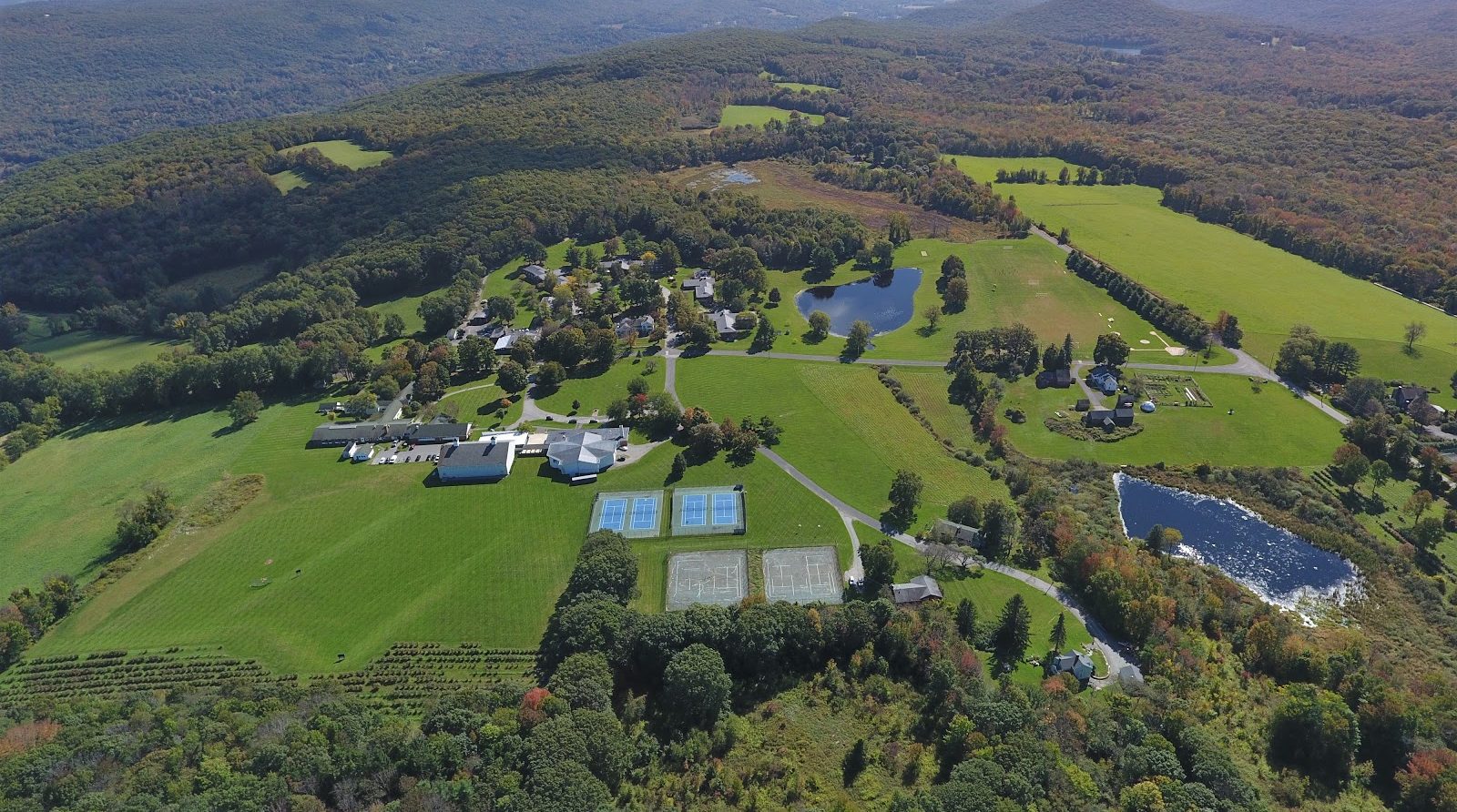
Raven Exhibit software allows participants (students and adults) to utilize STEM (Science, Technology, Engineering and Math) identities to collaborate in the fields of science, technology, engineering and math to create meaningful, information display portals. A customized Raven Exhibit developed by Marvelwood School may help educate others in our community about the Macedonia Forest Block Important Bird Area and the responsibility we all share, young and old, to protect and provide habitat for birds.
Ideas, Inspiration, and Action
Marvelwood School is a small, independent boarding school in Kent, Connecticut, with a long history of community service and experiential learning opportunities, especially in environmental sciences. Our teacher, Laurie Doss, attended a week-long introductory-level Sound Analysis Workshop offered by the Cornell Lab of Ornithology. During this workshop, in addition to learning how to use Raven Pro, a sound analysis program, one of the workshop instructors, Ashakur “Ashik” Rahaman, introduced the workshop participants to Raven Exhibit. Ms. Doss’s wheels started turning; she wondered if there was a way we could combine the grant we were writing in our Field Research and Advanced Ornithology class to purchase passive acoustic recorders to document birds for the Connecticut Bird Atlas Project, with the creation of a Raven Exhibit display to showcase birds found within the Macedonia Forest Block Important Bird Area. The grant was successful!
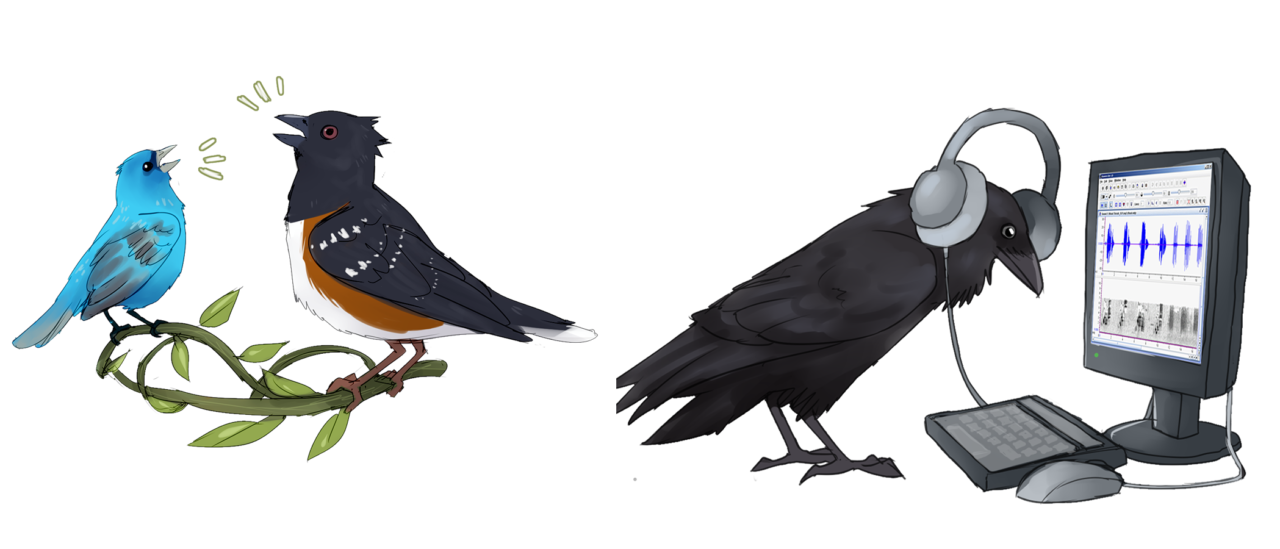
The purpose of this blog is to share our experiences building a Raven Exhibit as an example for others to learn from as they create their own exhibit. We experienced many roadblocks and multiple detours during our project’s journey, and we believe our tips and templates, using our project as a model, will be a useful guide for others to build their exhibit more rapidly than it took us to complete our journey!

Brainstorming and information sharing. 
Marvelwood team visited CCB to learn about the Raven Exhibit.
Step 1: Project Brainstorming
For our project, we decided to focus on common birds that people would find within different habitats of the Macedonia Forest Block Important Bird Area (Riparian, Early Successional, Forest Interior, Human Structures, etc.) and actions they could take to help those bird species. We took a field trip to the Cornell Lab of Ornithology to see a Raven Exhibit in action and to meet with Ashik. Next, we started to make a list of students and adults with different skills (or STEM identities) that we would need to recruit for our project (writers, photographers, UAV (drone) pilots, organizers, bird song and technology specialists, researchers, field technicians, etc.). Here are some of our suggestions for your Raven Exhibit development team.
- Brainstorm different idea paths for your project.
- If you have the opportunity to visit a Raven Exhibit installation in your area, do so, so that you have an idea of how users would use the exhibit. If you do not have this opportunity, then watch this video Raven Exhibit 2.0: An exciting tool for education and outreach to gain a better understanding of how the exhibit functions.
- Decide upon a basic idea for the focus of your project.
- Brainstorm how you are going to conduct research and collect materials needed to build your project.
- Brainstorm the different skill sets you will need and create a list of team members to recruit.
- Reach out to the Center for Conservation Bioacoustics with your project idea and details to obtain permission and a Product Key (which gives you access to the Content Editor that allows you to build the exhibit).
Step 2: Team Recruitment & Team Assembly
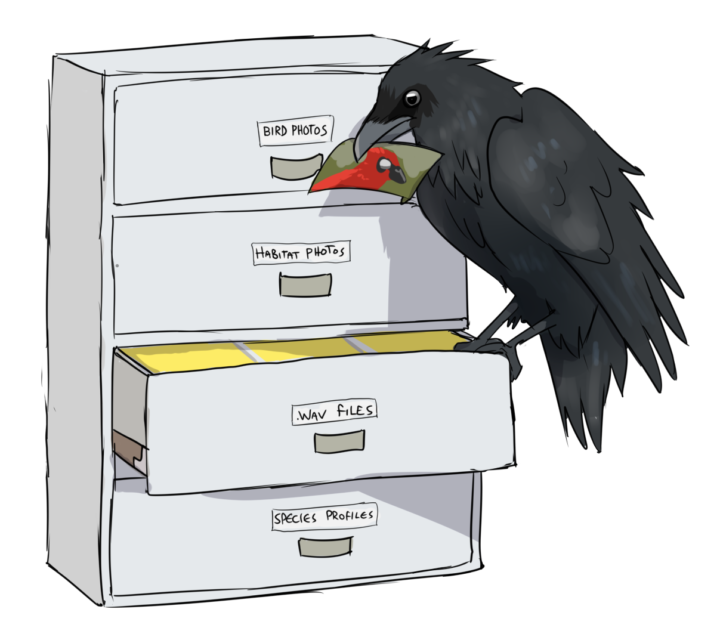
There are many different ways to build your Raven Exhibit, but our project’s focus was on the variation of a standard bird model. We had to find people for each of the jobs we had identified in our brainstorming sessions. For a project of this size to be successful and sustainable, we had to get everyone to contribute their special talents to the project. Our team consisted of student artists, photographers, field workers, and more. We even had a former exchange student helping with the project after he returned to his home school in India! In addition, we recruited people from the local community who were wildlife photographers or had knowledge of bird songs.
We used a team of twelve students and three adults to gather information and create slides. We made every mistake in the book the first few months, so keep in mind that you will want to stay organized (this will be elaborated on in future blogs). Depending on their area of interests, team members would:
- Go out into the field to set and retrieve acoustic recorders
- Help Ms. Doss band birds during the migration and breeding season
- Take photos of birds in the field
- Review historical data and photos for possible use in our exhibit
- Process acoustic data
- Create original artwork
- Build content pages
- Identify acoustic files or send acoustic files out for identification
- Solicit photos from local photographers
- Gather background data on the Macedonia Forest Block Important Bird Area
- Edit photos and videos
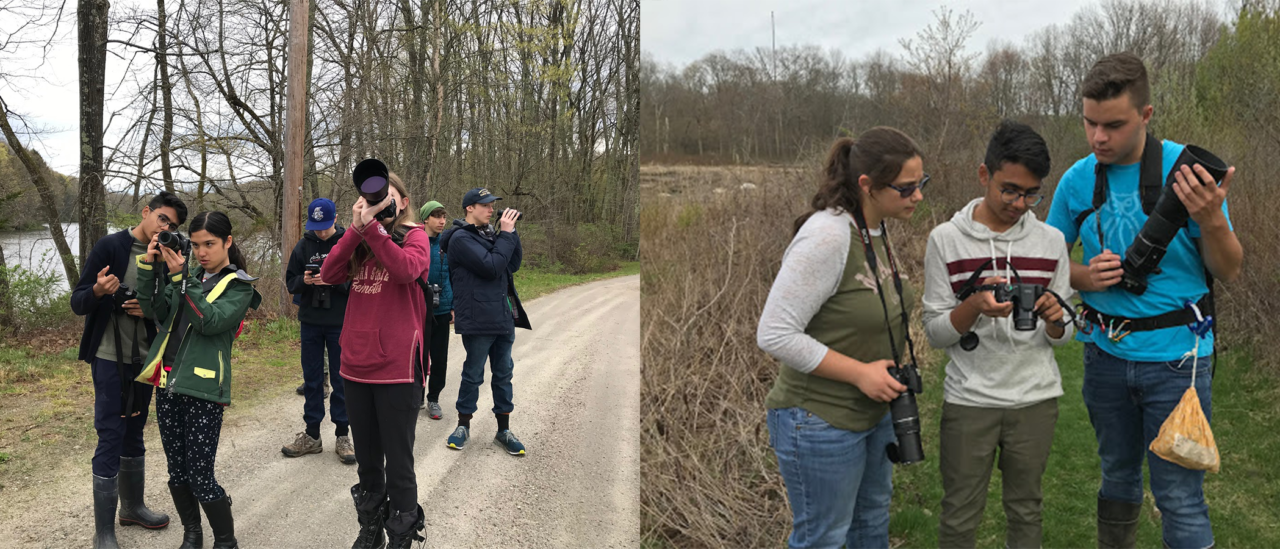
Do not be afraid to reach out to organizations and local experts in your community! Olivia Pignataro and Ms. Doss went to a stakeholder meeting at Audubon Sharon to review the Macedonia IBA Conservation Plan, which provided a better understanding of the different habitats within the IBA and their importance to breeding and migratory birds. We contacted a local photographer, John Clery, for permission to use his photos. We reached out to experienced birder Olaf Soltau who is good with song identification, to help us identify songs detected on our recorders. We even used social media, primarily the Connecticut Birds Facebook Page, to help identify some of our acoustic records.
This is just the beginning of our journey with Raven Exhibit. There are many more phases of how we are planning to use the exhibit in the Marvelwood community and elsewhere. We plan to write future blogs to share each major step of our journey with the Raven Exhibit. Stay tuned!




